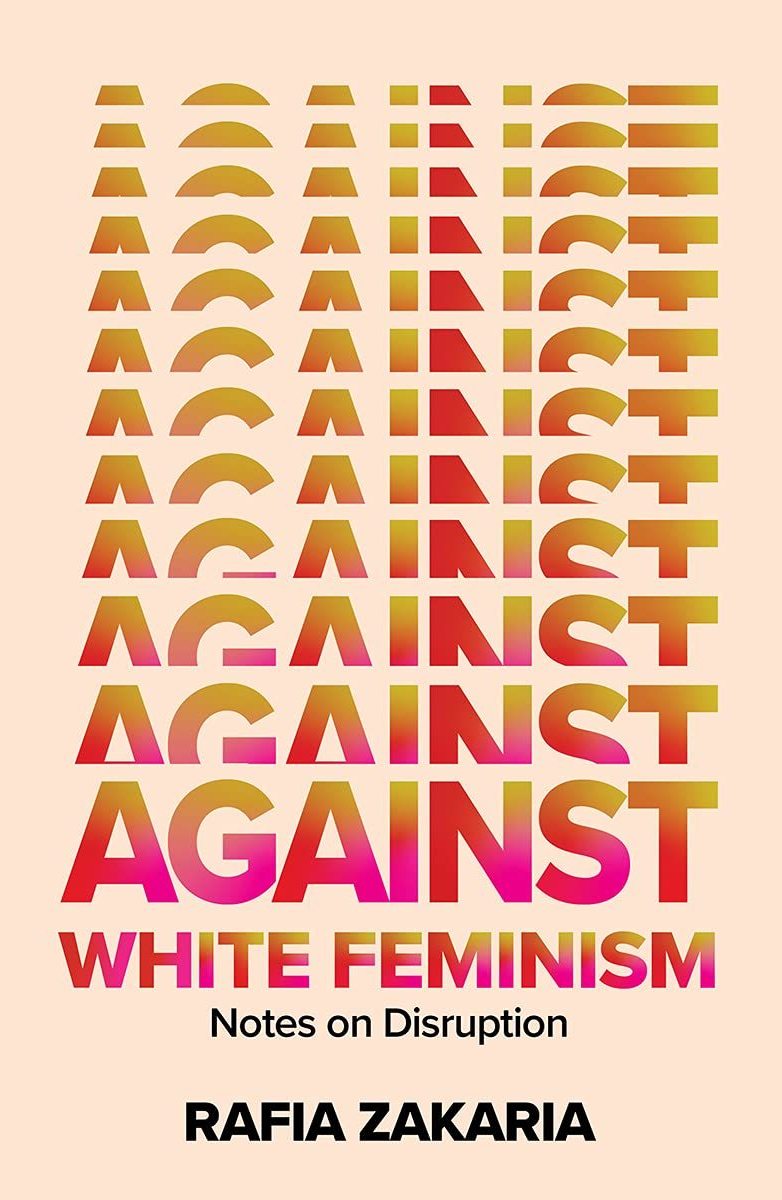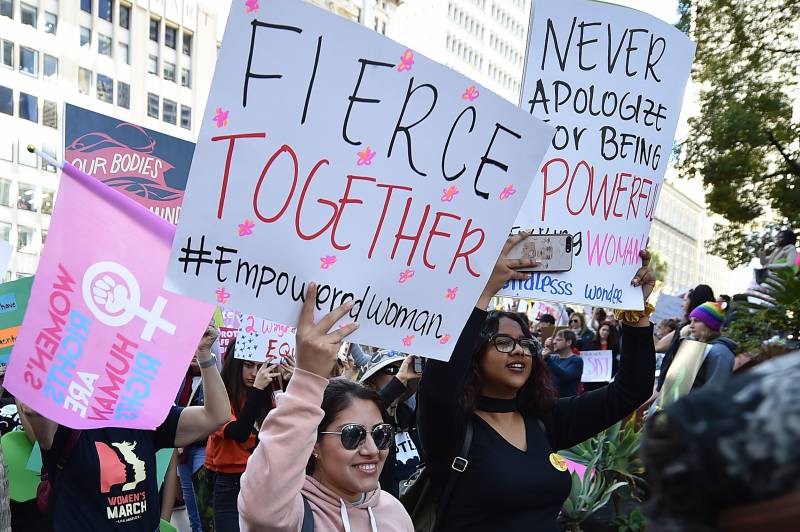This fuzzy kind of empowerment is also part of the securofeminism that emerged during the war on terror. Discussing the hypocrisies and ironies that not only caused initiatives and programs in those countries to run aground, Zakaria reveals the appalling cruelties they inflicted on local women in the name of freedom.
Similarly, Zakaria says, sex-positive feminism has become a stand-in for total liberation and empowerment and led to the commodification of sexual identities. She relates a particularly moving incident from her law school days. As a brown Muslim immigrant, a divorced, single mother, and a survivor of domestic abuse, she felt forced to perform her sexuality or be reduced to the usual stereotypes associated with her cultural identity. The ending of this chapter speaks to so many women like her (and me):
“I had broken every gender norm I had been raised with, had chosen education and independence—and all the struggles that came with it—with little support. The seminar’s preoccupation with sexual pleasure instead of sexual politics seemed so disconnected from the feminism I was trying so hard to model for my daughter. If only I could have known I was not alone, had been able to hear the voices of Muslim and other feminists of color like myself waging frontline struggles against terror, against religious obscurantism, and against patriarchal domination, but yet excluded from white feminist discourse.”
Although such personal anecdotes are included throughout, Zakaria’s aim is not to explore her own pain but to retrace the history of how white feminism has caused unending trauma through the centuries to many like her. What she wants is nothing less than transformational change that blows past tokenistic affirmative actions. The last chapter outlines four ways that white feminists need to change their mindset for this transformation to occur. These are not new suggestions but, given the state of things, they bear repeating.
More critically, let us all internalize these three ideas that Zakaria threads throughout the book. First, she reminds us of Kimberlé Crenshaw’s “war for narrative”, which asks feminists of color to reshape the story and course of the movement, make the role of whiteness visible, and recalibrate our experiences and politics into feminism. We must develop and honor our own genealogies by including the resilient women in our lives and histories who have not been considered feminist per the traditional Western model. Second, she cites Nancy Fraser’s philosophy of gender justice, which involves redistribution in the economic sphere beyond class hierarchies, recognition in the socio-cultural sphere beyond tokenism, and representation in the political sphere beyond identity politics. Third, she invokes Audre Lorde’s call for solidarity, where community does not mean compromise or competition but a space that accommodates and values different kinds of knowledge and expertise, particularly that which comes from lived experience.


9(MDAxOTAwOTE4MDEyMTkxMDAzNjczZDljZA004))

